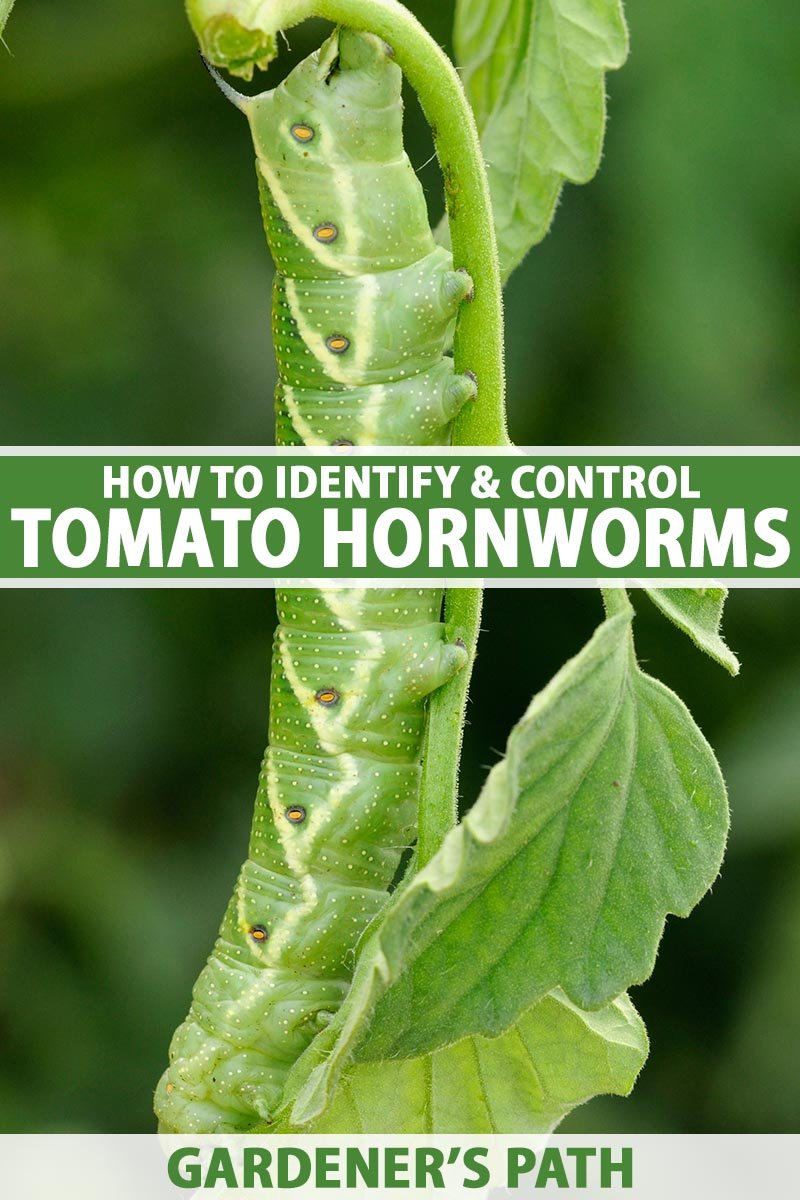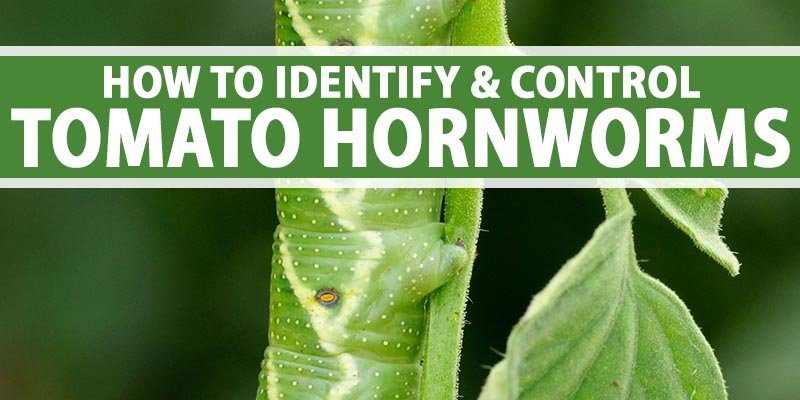
What is Hornworm Frass?
Hornworm frass is simply the droppings of hornworms, which are the larval stage of certain moths, like the tomato hornworm. Picture a tiny, green caterpillar that can grow up to 4 inches long, sporting a horn-like protrusion on its rear end. As they go about their munching, they create frass that varies in texture and size depending on their diet and age.
This frass can look like small, green or black pellets and tends to be found near the plants that the hornworms are feeding on. At first glance, you might think it’s just dirt, but take a closer look! The frass is often dark in color and has a somewhat hard texture, which may be a bit surprising considering the amount of damage these caterpillars can cause.
So, why should you pay attention to hornworm frass? Because it’s a clear indicator that these destructive critters are nearby. Recognizing this can help you catch an infestation early and save your plants from significant harm.
Why is Hornworm Frass Important?
Now that you know what hornworm frass is, let’s talk about its importance. Recognizing the presence of hornworm frass can be crucial for any gardener. Here’s the thing: it’s not just about spotting a few droppings. It’s about understanding what those droppings mean for your garden.
For one, finding frass indicates a potential hornworm infestation. If you see it, there’s a strong chance that hornworms are not far away, possibly munching on your precious plants. This can prompt you to take action before they cause more damage. If the pests are caught early, it can mean the difference between saving your beloved plants and facing a major loss.
Additionally, hornworm frass can also tell you about the growth stage of the caterpillars. Larger frass means larger caterpillars, and that typically means they are feeding more and causing more destruction. If you notice frass increasing in size and quantity, it might be time to step up your monitoring efforts.
How to Identify Hornworm Frass
Identifying hornworm frass is pretty straightforward. Here’s what you need to look for:
- Color: It’s usually dark green or black. The darker the frass, the more mature the caterpillar might be.
- Size: The pellets are often about the size of a pencil tip, but can vary depending on the hornworm’s diet.
- Location: You’ll typically find the frass on the leaves and surrounding areas of plants being eaten.
When you spot these pellets, don’t just brush them off as debris. Instead, consider it a clear sign. You might want to follow the trail of frass back to locate the hornworm itself. This can help you determine which plants are at risk and guide your next steps.
Let me explain further—if you find frass near your tomato plants, you might have tomato hornworms in the garden. Monitoring closely will give you the chance to act swiftly, like implementing natural predators or targeting the caterpillars directly.
How to Manage Hornworm Infestations
If you’ve found hornworm frass, managing an infestation is essential. Here are some effective strategies:
1. **Manual Removal:** One of the simplest methods is to handpick the hornworms off your plants. They’re usually easy to spot due to their size and color. Just wear gloves and drop them into a bucket of soapy water to eliminate them safely.
2. **Beneficial Insects:** Introducing natural predators like parasitic wasps can help control hornworm populations. These wasps lay eggs inside the caterpillars, eventually killing them off. It’s a natural solution that works wonders!
3. **Neem Oil:** This natural pesticide can deter hornworms without harming beneficial insects. Just mix neem oil with water and spray it directly on affected plants. It disrupts the pests’ feeding patterns and can effectively reduce their numbers.
4. **Healthy Plant Care:** Keeping your plants healthy and strong can make them less attractive to hornworms. Regular watering, proper fertilization, and good soil management can help your plants withstand potential infestations better.
Common Questions About Managing Hornworm Frass
You might be wondering: is hornworm frass harmful in other ways? Generally, the frass itself is not a direct threat to your plants or soil health. However, it can indicate overpopulation, which can lead to significant damage if not addressed.
Also, while hornworm frass isn’t a typical pest indicator like aphid honeydew, its presence is still a strong signal. It’s all about taking proactive steps to keep your garden healthy and thriving.
In case you want to share your concerns or experiences with other gardeners, connecting with local gardening groups can provide valuable tips and advice on dealing with hornworms and their frass.
Hornworm frass is more than just an unsightly mess in your garden; it’s a story waiting to be told. By recognizing what this frass indicates, you can take early action against infestations, saving your plants from potential devastation. Be observant, and don’t underestimate the power of these tiny pellets.
Remember, a healthy garden means being aware of the signs nature gives you. So, keep an eye on any frass you find, and take those clues to heart. With the right management strategies, you can tackle hornworm infestations head-on and keep your garden flourishing.

